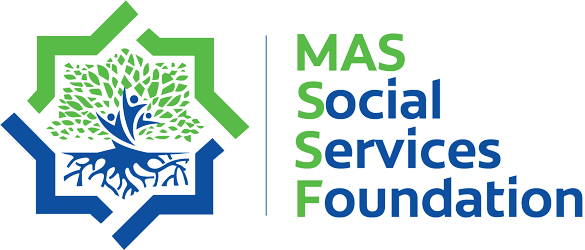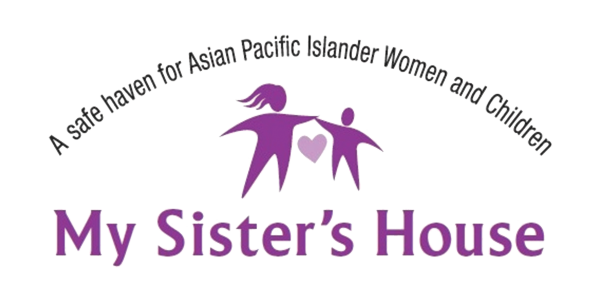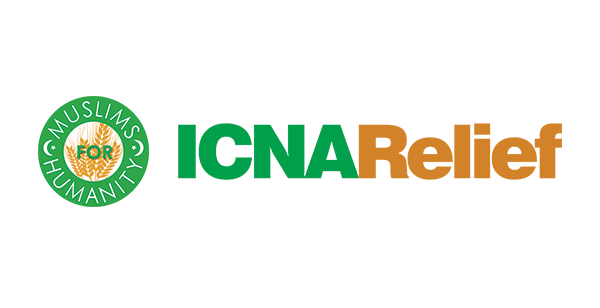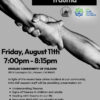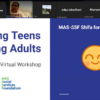
National Youth Homeless Awareness Month
Here at Amala Hopeline, we work hard to help humanity, no matter what people’s individual circumstances. The global pandemic amplified the anxiety with the coronavirus outbreak. Homeless youth are among the most vulnerable; many are living in cramped shelters, and aid groups have started scaling back services to limit exposure to the virus.
However, we are helping to reduce the amount of homelessness in Sacramento, California is part of what we do, especially throughout the coldest months of the year. We helped launch Amanah (Safety) House, the first domestic violence shelter set up to be comfortable for Muslim women. Their specific religious, language and cultural needs are being met. The organizations include My Sister’s House, MAS Social Services Foundation (MAS-SSF), Al-Misbaah, Masjid Annur, and ICNA Relief. Our main goal is to provide a safe environment where our sisters and their children can start a new chapter in their life.
What percentage of youth are homeless in America?
According to the report Missed Opportunities: Homeless Youth in America, one in 10 young adults (ages 18–25) and at least one in 30 adolescents (ages 13–17) experience some form of homelessness unaccompanied by a parent or guardian over the course of a year.
Rough sleepers, being homeless, and homeless people; are just some of the names given to a shocking percentage of the population who find themselves without a fixed place to call home. Many of us tend to associate homelessness with people who are merely sleeping on the streets, often seen with cardboard boxes and sleeping bags huddled in cold doorways. Still, the sad fact is that being homeless doesn’t always mean that you don’t have a roof over your head.
What Does Being Homeless Mean?
A homeless individual is defined in section 330(h)(5)(A) as “an individual who lacks housing (without regard to whether the individual is a member of a family), including an individual whose primary residence during the night is a supervised public or private facility (e.g., shelters) that provides temporary living accommodations, and an individual who is a resident in transitional housing.”
A homeless person is an individual without permanent housing who may live on the streets; stay in a shelter, mission, single-room occupancy facilities, abandoned building or vehicle; or in any other unstable or non-permanent situation. [Section 330 of the Public Health Service Act (42 U.S.C., 254b)]
An individual may be homeless if that person is “doubled up,” a term that refers to a situation where individuals are unable to maintain their housing situation and are forced to stay with a series of friends and/or extended family members.
In addition, previously homeless individuals who are to be released from a prison or a hospital may be considered homeless if they do not have a stable housing situation to which they can return. Recognizing the instability of an individual’s living arrangements is critical to the definition of homelessness.
What Causes Homelessness?
Physical, Sexual, and Emotional Abuse – Most homeless youths come from homes characterized by high levels of physical, sexual, and/or emotional abuse and neglect. Compared to youth with homes estimated that street youth are five times more likely to report being victims of sexual abuse as children.
For young people who have experienced such abuse, there is an increased likelihood of negative developmental outcomes, including low self-esteem, an impaired ability to form effective and trusting relationships with adults, higher rates of depression and suicide attempts, running away, or being kicked out of the home.
Poverty – Many young people who become homeless come from families living in poverty. This doesn’t necessarily mean that the families are not caring and supportive. However, we know that living in poverty can impact education and health outcomes and one’s ability to get a job. In addition, as teenagers get older, it may be more difficult for families to continue to support them financially. Many young people become homeless not because they are chased from home but because their poverty means they can no longer stay there. Young people then look to live with friends or go to new places to seek new economic opportunities. However, if the jobs are not there, they may become homeless.
Involvement with the child welfare system – A considerable amount of research demonstrates the relationship between youth homelessness and previous involvement with the child welfare system. This includes foster care, group homes, and the Children’s Aid Society interventions. While involvement in the child welfare system doesn’t necessarily cause homelessness (in fact, many interventions may prevent homelessness), such involvement does reflect the degree to which young people come from troubled families. In addition, we know that depending on the jurisdiction, many teenagers may lose the support of the child welfare system as they get older or opt-out.
Discrimination – When young people experience racial discrimination, this limits their access to employment, their educational success, and their ability to access the services they need. All of these factors can lead to extreme poverty, and when combined with other challenges (in the home, with the legal system), can lead to homelessness.
Research consistently shows that between 20-30 percent of homeless youth are lesbian, gay, bisexual, or transgendered. Many young people who are LGBTQ experience discrimination in their homes, neighborhoods, at school, and in their communities. This discrimination, which is often coupled with violence, may make staying at home intolerable, and hence, many young people in this situation hit the streets.
The Hard Facts About Homelessness
The trauma of homelessness, even short-term, can majorly affect a youth’s future development. Children who experience homelessness have significantly higher rates of emotional, behavioral, and immediate and long-term health problems. They often struggle with self-esteem, which puts them at risk for substance use, suicide, and other negative outcomes.
They have numerous academic difficulties, including below-grade-level reading, a high rate of learning disabilities, poor school attendance, and failure to advance to the next grade or graduate. Four out of five children who are experiencing homelessness have been exposed to at least one serious violent event by age 12.
Who are the hidden homeless? Despite the growing numbers of rough sleepers visible on the streets of our towns and cities, the truth is that there are just as many hidden homeless people living out of sight. These people live their lives precariously moving from one temporary abode to the next – hostels and B&Bs, taking advantage of sofas offered by friends and even squatting in disused buildings. Hidden homeless also refers to overcrowding, with whole families crammed into one bedroom in shared houses in the worst cases.
The Very Real Impact of Being Homeless
Risk factors associated with adult homelessness―mental and substance use disorders, poverty, and lack of educational employment opportunities―are often also true for youth homelessness.
But, service delivery for individuals under the age of 24 experiencing homelessness must also consider other risk factors. Family conflict and “aging out” of the foster care or juvenile justice systems may play a significant role in a youth’s experience with homelessness.
According to the report Missed Opportunities: Homeless Youth in America, one in 10 young adults (ages 18–25) and at least one in 30 adolescents (ages 13–17) experience some form of homelessness unaccompanied by a parent or guardian over the course of a year. Unaccompanied youth can find it difficult to find a place to live and someone willing to rent them a room.
Parenting teens experiencing homelessness face their own unique challenges. Furthermore, the very nature of being homeless – being crushingly cold and wet in the worst of the winter weather – can often cause an increase in drug and alcohol misuse leading to dependency. With this also comes a higher chance of being involved in crime and subsequently serving time for crimes committed.
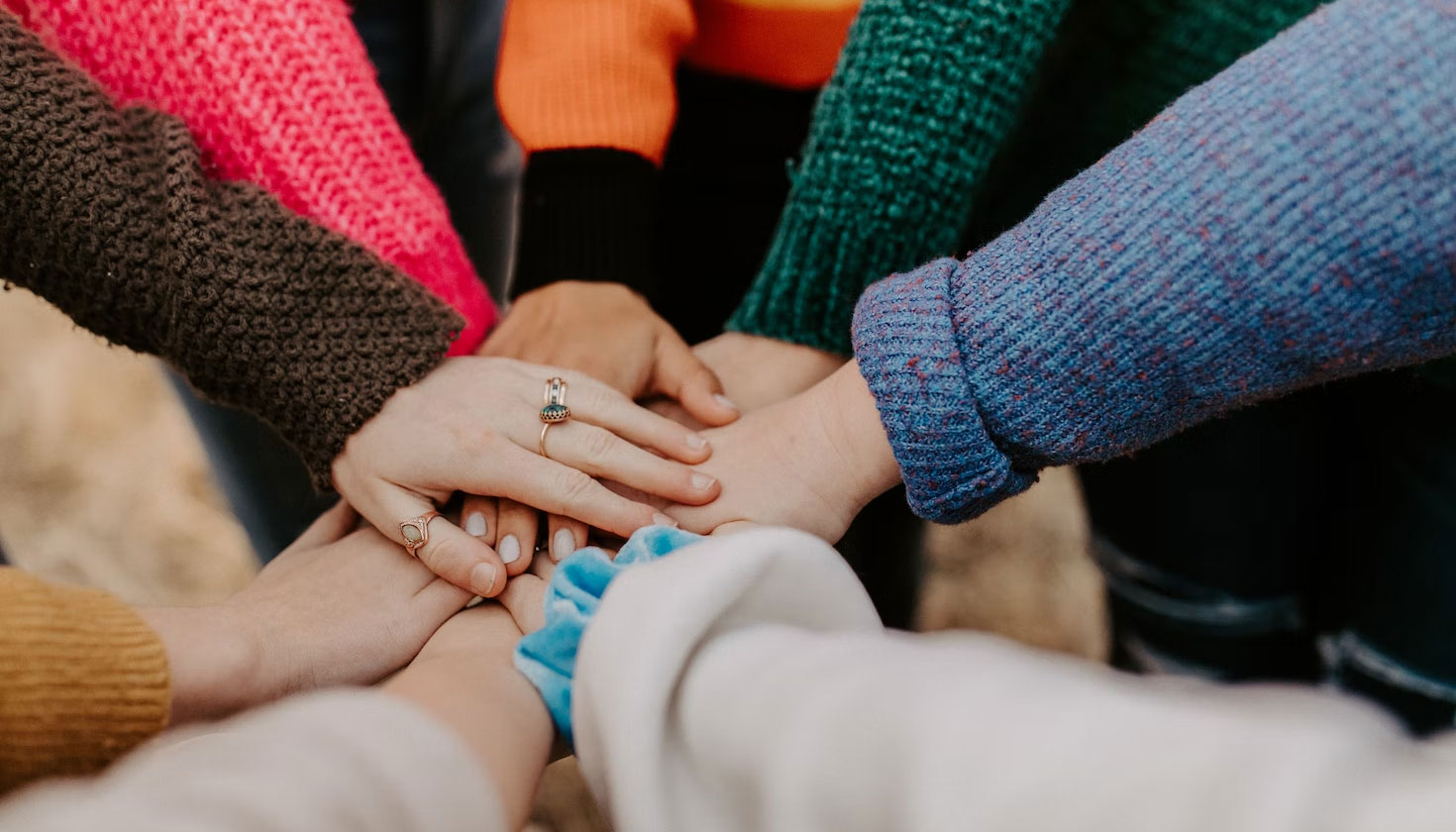
What are the Barriers?
One of the biggest impacts of being homeless is the barriers that exist, which prevent so many from returning to an everyday lifestyle. A lack of a permanent address means a struggle to get work, and without regular access to showers and washing machines, getting interviews is made more difficult, too.
Even little things such as haircuts or beard trims are taken for granted; these simple activities make us feel more confident and human. Without them, it can be easy to feel forgotten about, and this only intensifies the isolation and low self-esteem that so many rough sleepers experience. What’s more, life on the streets can be very dangerous. Homeless people living on the streets are regularly exposed to unnecessary abuse and violence. The consequences faced by youth experiencing homelessness are vast and require coordination across the education, child welfare, juvenile justice, health, and human services systems.
Runaway and homeless youth are vulnerable to multiple threats, including not having their basic food and shelter needs met, untreated mental health disorders, substance use, sexually transmitted diseases, and HIV infection, sexual exploitation (including survival sex to meet basic needs), physical victimization, and suicide. According to the National Sexual Violence Resource Center, one in three teens on the street will be lured into prostitution within 48 hours of leaving home.
The American Academy of Pediatrics finds that youth experiencing homelessness are twice as likely to attempt suicide as their peers who are not homeless. Also, homeless youth often experience a significant disruption in their education due to the transient nature of homelessness’ the situation that they find themselves in.
Additional Resources
Please click the links below to access additional data and links around homelessness.
Domestic Violence in the South Asian Muslim Immigrant Population in the United States
